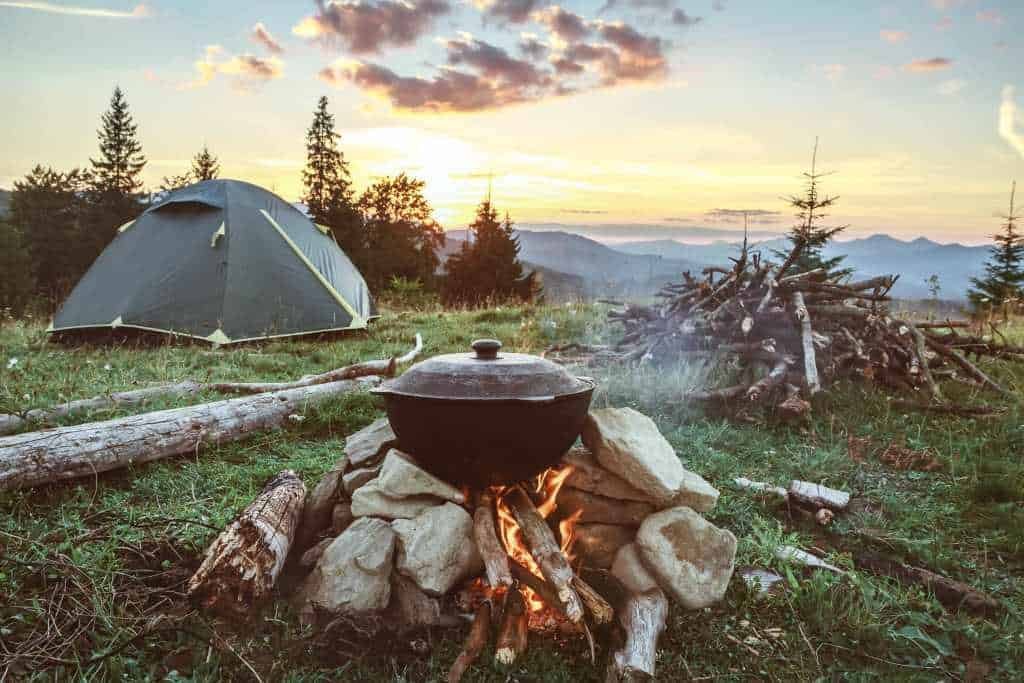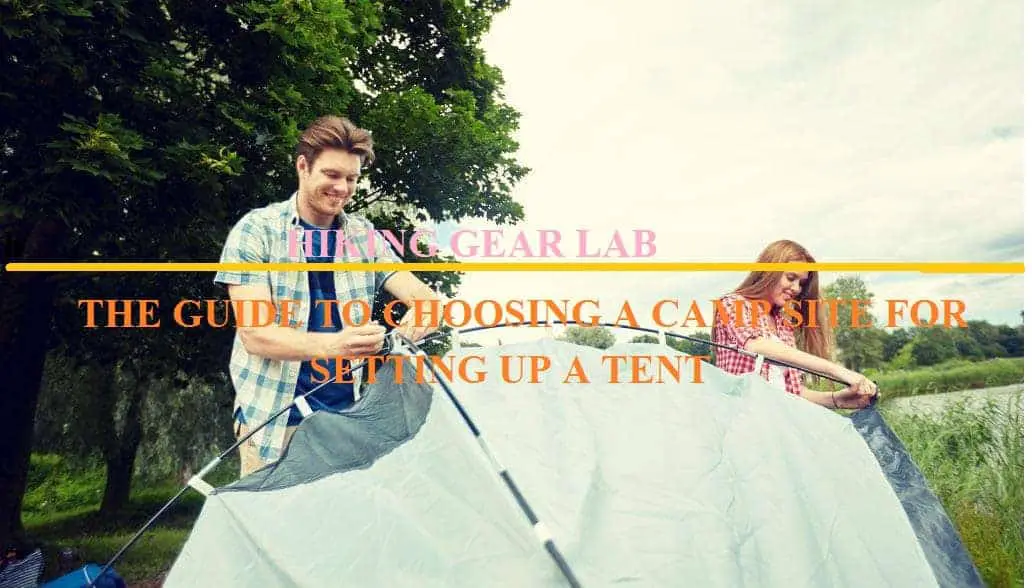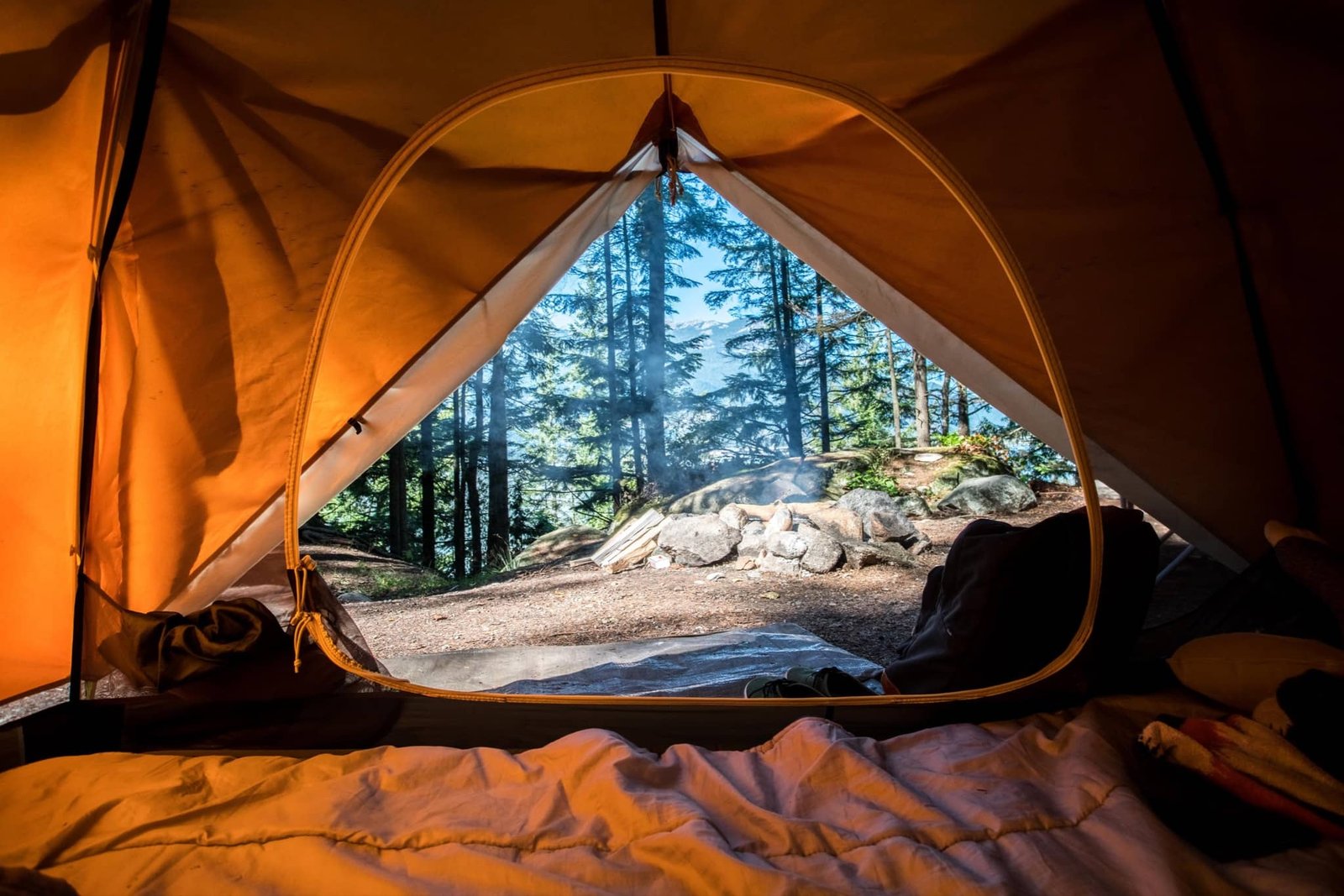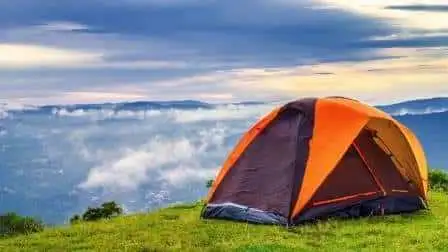Spending a little time outdoors does have a magical impact on your general well-being. There are numerous ways to unwind such as hiking and mountain climbing. Of all those, camping is the real deal. Well, if you thought tents were the only mode of camping in the jungle think again. Hammocks are a sure way to take your camping experience to the next level. In fact, they have everything that a tent may offer and more. Apart from versatility, hammocks yield added comfort, and convenience just to mention a few. To tighten your grip on the concept, read along for a detailed breakdown of hammock camping tips.
Dependable hammock camping tips
A quick view of tips for Hammock Camping:
1. Get an appealing sleeping position
2. Bring in some insulation
3. Utilize a tarp to keep dry
4. Invest in a great hammock
5. Choose well-spaced trees
6. Go for a bug net
7. Camp in favorable conditions
8. Bring along a drip line for bad weather
9. Avoid potential hazards
10. Dress in layers while sleeping

Image Source: Pexels
I. Get an appealing sleeping position
You are supposed to lie diagonally across the hammock. Consequently, your body achieves an ergonomic flat position on the fabric. Ensure your body does not slide to the midsection of the hammock. Raise the foot end for a comfortable position.
II. Bring in some insulation
To keep warm on a windy or cold night, you need some sought of uncompressed insulation. This is where a sleeping bag, under a quilt, or a pad comes in.
III. Utilize a tarp to keep dry
By draping a tarp over the hammock and tethering it to the ground, you will successfully keep water out.
IV. Invest in a great hammock
It is crucial to get a quality hammock. In like manner, it is advisable to buy a two-person hammock. Such hammocks offer more freedom, better air circulation, and optimal comfort. Likewise, go for weatherproof material, a proper size, and solid hanging straps.
V. Choose well-spaced trees
The last thing you need is to sleep in a sagging hammock. The experience is utterly uncomfortable. However, picking trees that are far apart will keep the hammock tightly stretched for a better sleeping position.
VI. Go for a bug net
Who does not need a bug net while camping in the jungle? Hammocks allow you to read, relax, or rest hassle-free. Nothing should interfere with that. Yet, not all hammock models enjoy the privilege of a sewn-on bug net. Hence, remember to bring a full-length net long if yours lacks one.
VII. Camp in favorable conditions
Always, remember a hammock’s greatest flaw lies in insulation. It might be quite warm when temperatures take a nosedive. Thus, camp when temperatures are at least in the 30s or 40s when precipitation is minimal. Otherwise, go out on warm nights, sunny days, or at the start of summer.
VIII. Bring along a drip line for bad weather
Rainy days can be a pain in the neck when hammock camping. The risk of water seeping through suspension is almost inevitable. Nonetheless, you can put all this trouble behind with a good drip line. Tying a drip line under your tarp diverts water from the hammock.
IX. Avoid potential hazards
In order to nail this point, you need to pick the right trees. Make sure your trees are not only thick but also live and less likely to bend once the hammock is in place. On the same note lookout for any, dry branches. To top it off, camp at least 200 feet from the water.
X. Dress in layers while sleeping
This does not just apply to hammocks it is also necessary while sleeping in a tent. Layers elevate warmth and coziness.
Benefits of hammock camping

A hammock is the greatest invention any outdoor enthusiast needs to catch some fresh air in the jungle. Here is why:
a. Versatile
Unlike tents that must be set on flat ground or so, you can hang a hammock anywhere with two trees. What’s more, you can use it as a lounger or chair.
b. More appealing
Nothing comes close to a hammock in terms of comfort. Suspension makes all the difference. You can bid goodbye to hard, sloping, or uneven sleeping surfaces. Other than that, hammocks are spacious enough to accommodate a sleeping pad. In case the sleeping pads are not still, use a sleeping bag to keep them intact.
c. Effortless setup
The best hiking gear should offer unmatched convenience. Hammocks do not disappoint. You can have your hammock ready in a matter of minutes. Forget about stakes, tent poles, or other things that might give you a hard time.
d. Saves on packing space
A standard hammock weighs less than 3lbs. Therefore, imagine the amount of space it will occupy. You have extra space for your books or other accessories. Besides packing small, hammocks are kind to your back. You get back home relaxed and rejuvenated rather than exhausted.
e. Added openness
Outdoor excursions are all about interacting with nature in a raw and unfiltered manner. You need fresh air, a gentle breeze, and an unhindered view of the serene environment around you. Definitely, this is not possible from a tent. Hammocks are surely the way to go.
Conclusion
You can never go wrong with a hammock. It is the best camping companion. Just experience it for yourself. If you want to have fun, kingly comfort, and unmatched convenience, a hammock should be your go-to camping gear.
FAQs
Let us look at a few FAQs relating to hammock camping:
1. How comfortable is hammock camping?
Hammocks are super comfy, especially when used alongside other hiking gear like sleeping bags. These camping champions boast of relaxing fabric, which complements the body shape effortlessly. Together with that, they come with superb air circulation that boosts ventilation in warm weather. In addition, they are easy to set up, convenient, and versatile.
2. Is a hammock better than a tent?
Hammocks are far better than tents in several ways. First, they are easy to set up. All you have to do is hang them on sturdy trees or poles. Besides, they are cheap, highly flexible, and comfortable. Essentially, they are light and easy to carry around.
3. Can you sleep in a hammock every night?
Indeed, you can sleep in a hammock every night as long as it is set up in the right manner. You need two sturdy trees that are far apart as well as a tarp for bad weather. On top of that, find a proper sleeping position and added insulation to stay warm.
4. How do you keep a hammock dry while camping?
You can keep a hammock dry in several ways. Of course, you need the right tarp. One that is longer than your hammock by at least two feet. Onwards, ensure the continuous ridgeline is on the outside or above the tarp. Another crucial tip is to know the wind direction. It is unwise to set the tarp parallel to the wind direction. Still, make sure water does not pool on your hammock. Lastly, pick a great spot.
5. How do you put a tarp on a hammock?
The standing end needs to be wrapped around a tree on to Side A of the tarp via the tie-out. Thereafter, thread the line under or over the tarpon to the tarp’s Side B. Moving on, thread the standing end around the other tree via Side B tie out. Finally, tie a taut-line hitch onto Side B.
6. Why does my hammock sag?
Your hammock could be sagging simply because it is hung improperly. The hammock is bound to sag if hangs on two points that are too close to one another. A wrong angle can also lead to the same problem.
7. Do you need a sleeping bag with a hammock?
The key reason for using a sleeping bag is to improve insulation. You may not need a sleeping bag when temperatures are above seventy degrees Fahrenheit. Nevertheless, the sleeping bag comes in handy during windy days or the cold season.
8. Are Hammocks worth it?
Hammocks are worth it. With a hammock, you enjoy the freedom of camping outdoors without constriction from a tent. If that is not reason enough, take pride in the fact that hammocks outperform tents. Not only are they cheap, but they are also flexible, lightweight, and appealing.
9. Can you side sleep in a hammock?
It is possible to sleep on your side in a hammock just as you would in a bed. In order to achieve this position, get a wide hammock. Aside from that, the hammock should be long and hung with a little sag.
10. Is it safe to camp in a hammock?
Yes, it is safe to camp in a hammock. However, your safety depends on where you plan to camp. Some areas might not have the best conditions for a hammock. Needless to say, you will be suspended off the ground. Hard surfaces, groundwater, or insects should be the least of your concern. Hammocks also offer incredible weather protection.





